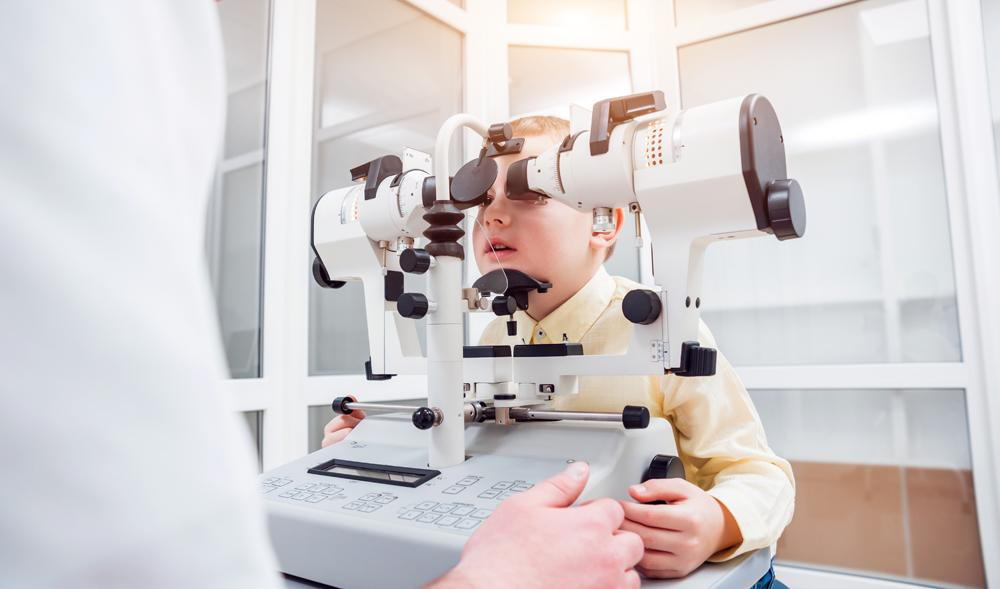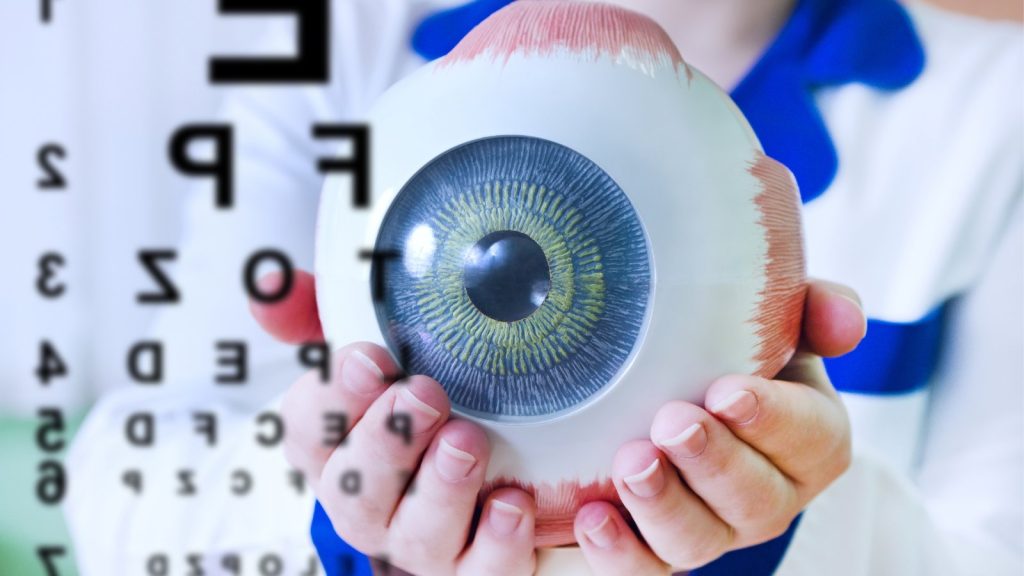The Role of Advanced Diagnostic Equipment in Identifying Eye Disorders
In the realm of ophthalmology, the utilization of sophisticated analysis devices has actually reinvented the early identification and management of numerous eye problems. From discovering refined changes in the optic nerve to monitoring the development of retinal illness, these modern technologies play a crucial function in improving the precision and efficiency of identifying ocular problems. As the demand for accurate and prompt diagnoses remains to expand, the assimilation of advanced tools like optical coherence tomography and visual area screening has come to be vital in the world of eye care. The elaborate interplay in between innovation and ophthalmic techniques not only clarifies elaborate pathologies yet likewise opens doors to customized therapy techniques.
Relevance of Very Early Medical Diagnosis
Very early diagnosis plays an essential duty in the reliable monitoring and therapy of eye problems. Timely identification of eye conditions is essential as it permits prompt intervention, potentially protecting against additional development of the condition and reducing lasting problems. By finding eye problems at a beginning, health care suppliers can use proper treatment strategies customized to the specific problem, inevitably bring about better outcomes for clients. Moreover, very early medical diagnosis enables individuals to accessibility needed assistance solutions and sources earlier, improving their general lifestyle.
Modern Technology for Identifying Glaucoma
Sophisticated diagnostic innovations play an important role in the early discovery and monitoring of glaucoma, a leading reason of irreversible loss of sight worldwide. An additional sophisticated device is aesthetic area screening, which maps the sensitivity of a client's visual area, helping to spot any type of locations of vision loss quality of glaucoma. These innovative analysis tools make it possible for ophthalmologists to identify glaucoma in its early phases, permitting for prompt treatment and far better management of the condition to prevent vision loss.
Duty of Optical Coherence Tomography

OCT's capacity to measure retinal nerve fiber layer density allows for accurate and objective dimensions, helping in the early detection of glaucoma even prior to visual area defects end up being noticeable. On the whole, OCT plays go an essential function in improving the diagnostic precision and administration of glaucoma, ultimately contributing to far better end results for people at danger of vision loss.
Enhancing Diagnosis With Visual Field Screening
A crucial part in detailed sensory assessments, visual area screening plays an essential function in enhancing the diagnostic procedure for various eye conditions. By assessing the full extent of a person's aesthetic field, this test provides critical details about the practical integrity of the whole aesthetic pathway, from the retina to the visual cortex.
Visual area testing is specifically useful in the diagnosis and monitoring of conditions such as glaucoma, optic nerve disorders, and numerous neurological diseases that can anonymous influence vision. With quantitative dimensions of peripheral and main vision, clinicians can detect refined changes that might indicate the visibility or progression of these problems, even prior to visible signs and symptoms occur.
In addition, visual area testing permits for the monitoring of treatment efficiency, assisting eye doctors tailor restorative treatments to private people. eyecare near me. By tracking changes in aesthetic area performance gradually, healthcare companies can make educated choices regarding readjusting medicines, advising medical treatments, or applying other suitable procedures to maintain or improve an individual's aesthetic function
Managing Macular Deterioration

Conclusion
To conclude, advanced analysis tools play a critical function in determining eye conditions at an early stage. Technologies such as Optical Coherence Tomography and visual field testing have greatly boosted the precision and effectiveness of diagnosing conditions like glaucoma and macular deterioration. Early discovery allows for prompt treatment and administration of these disorders, inevitably bring about much better end results for clients. It is crucial for health care professionals to remain updated on these advancements to give the very best feasible look after their patients. eyecare near me.